Studies estimate that the US market wastes up to 40% of food each year. This is a loss of about $161bn annually and includes both retailers and consumers.
The Food and Drug Administration (FDA) has also developed guidelines for storing various types of food in either the refrigerator or the freezer. For instance, fresh eggs that are still in the shell should never be frozen, but they can be stored in the refrigerator for up to five weeks.
However, raw yolks and whites can be frozen for up to a year while they last in the refrigerator for up to four days. You can read the complete guide on storage times for different types of foods on this link.
Refrigerator Storage Tips
The temperatures in a refrigerator are not enough to destroy microorganisms that cause spoilage in food but they’re capable of slowing down their growth. These refrigerator storage tips will help to extend the shelf life of your foods:
- Always keep the temperatures inside your refrigerator between 1 and 4 °C. Refrigerators usually have thermometers that can help you monitor the temperature.
- Use your food as soon as you can. Once the food is opened, it deteriorates faster than that in an unopened package.
- Use plastic wraps, foils, or airtight containers to store food in the refrigerator. This will prevent the food from drying out, losing its nutrients, or growing mold. It also prevents the refrigerator from developing an odor.
- Ensure there’s enough air circulation within the refrigerator. Avoid stacking foods tightly within the refrigerator or using foils and other materials to cover the shelves.
- Milk, meat, leftovers, and other foods require colder temperatures. Keep them near the freezer compartment within the refrigerator as that’s usually the coldest part of the refrigerator.
Freezer Storage Tips
If you need to store your foods for longer periods of time or they can get damaged quickly in the refrigerator, then it’s best to freeze them. These tips can help you to safely freeze your foods for later:
- Keep the temperatures at -18°C. This will help to preserve their vitamin content, flavor, texture, and color when you’re finally ready to eat them. It also ensures that the food is safe for consumption by preventing the growth of harmful microorganisms. Keep the food inside the freezer while it’s still fresh.
- To help the food freeze faster, place them against the side of the freezer. This reduces the time needed for freezing significantly. You can move them away from the side-wall once they’re frozen and place others.
- Any food that’s not in its original packaging should be correctly labeled before storing in the freezer. You can use a marker to write on the container. Some of the information you should include are the contents of the container, the date of freezing for easier tracking, and the number of servings. This helps in managing the food inside the freezer and avoiding waste.
- Take the food out of the can before freezing. Canned food should never be frozen while still in the can. Always refer to the FDA guide on the kinds of food that can be frozen and what cannot be frozen. You can also ask at your local grocery while shopping in case it’s not indicated on the packaging.
- Ensure that you use vacuum-sealed bags to freeze your food. This keeps out the air and lets your food stay fresher for longer periods of time. If you don’t have special freezer bags, you can improvise DIY storage bags at home. Simply use a straw to suck out the air from the bag you’re using then completely seal the bag and place it in the freezer.
- You should also freeze foods individually. This helps to prevent sticking. Consider spreading the food to be frozen on a cookie sheet then freezing until it’s solid before placing it inside the container for storage in the freezer.
- Lastly, the contents inside the freezer should be organized by the type of food. This helps to make it easier to find what you’re looking for and minimize the amount of time you keep the freezer door open.
It’s important to note that freezing your foods for too long can have an effect on them. For example, canned hams can become too soft and watery when frozen for long. Other foods, such as mayonnaise, yogurt, cooked eggs, sour cream, and cottage cheese, lose their texture.
Celery, green onions, radishes, cabbage, and lettuce tend to become mushy while fried foods become rancid. It may be difficult to re-whip your whipping cream after freezing for an extended period of time.
In the event of a power interruption, you should avoid opening the freezer door unless it’s absolutely necessary. This also applies in case the freezer is not operating normally. It can help to keep your food frozen for up to two days before it starts defrosting.
Browse all our commercial refrigeration
8555 194th Ave
Bristol, Wisconsin 53104
(833) 734-8880























